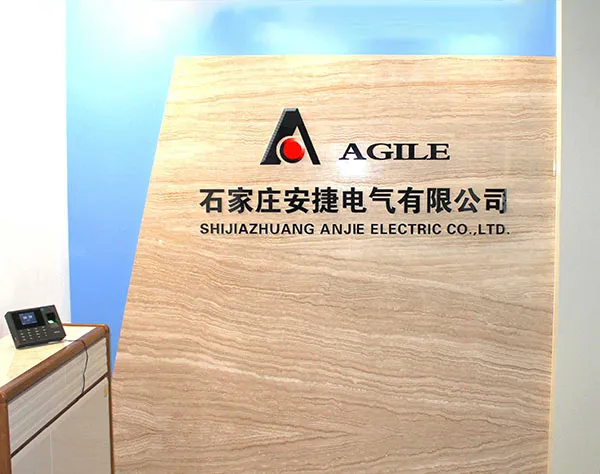Cable management solutions for efficient and organized cable carrier systems
The Importance and Applications of Cable Carrier Tracks in Modern Machinery
In the realm of industrial machinery and automation, the seamless movement of cables and hoses is crucial for ensuring operational efficiency and safety. This is where cable carrier tracks come into play. Also known as cable tracks, drag chains, or energy chains, these essential components provide a structured pathway for electrical cables and pneumatic hoses, preventing tangling and wear while allowing for free movement of machinery parts.
Cable carrier tracks consist of a series of interconnected links that form a flexible channel. This channel can bend in various directions, accommodating the dynamic movements of machinery, such as robotic arms or conveyor systems. The design of these tracks enables them to be customized according to the specific requirements of the application, such as length, width, and load-bearing capacity.
One of the key benefits of using cable carrier tracks is the protection they offer to cables and hoses. In environments where machinery operates at high speeds with significant movement, cables are at risk of abrasion, twisting, and fraying. Cable carrier tracks minimize these risks by enclosing the cables and guiding them along a predetermined path, thereby extending their lifespan and reducing maintenance needs.
Additionally, cable carrier tracks contribute to safety in the workplace. Loose cables and hoses can pose serious hazards, leading to trips, falls, or accidental disconnections. By keeping cables organized and contained, these tracks create a safer working environment, reducing the likelihood of accidents. This is particularly important in manufacturing plants, warehouses, and construction sites, where heavy machinery and personnel interaction are common.
cable carrier track

The versatility of cable carrier tracks makes them suitable for a wide range of applications. In robotics, for instance, these tracks allow for the smooth operation of robotic arms by ensuring that power and signal cables are managed effectively during movement. Similarly, in the automotive industry, cable tracks are used in assembly lines to handle various electrical connections in vehicles, making the production process more efficient.
Moreover, cable carrier tracks are invaluable in the entertainment industry, where they are used to manage the extensive cabling required for lighting and sound systems during performances and events. In the construction sector, they help manage electrical and hydraulic lines on cranes and other heavy equipment, ensuring that operations run smoothly.
When considering installing cable carrier tracks, it is important to take into account factors such as the size and weight of the cables, the degree of movement required, and the environmental conditions of the workspace. Manufacturers offer a variety of materials for cable carrier tracks, including plastic and metal, each with distinct advantages depending on the application.
In conclusion, cable carrier tracks are integral to modern machinery and industrial processes, providing a reliable and efficient means of managing cables and hoses. Their ability to protect components, enhance safety, and facilitate smoother operations makes them indispensable in many sectors. As technology continues to advance and industries evolve, the demand for innovative solutions like cable carrier tracks will undoubtedly grow, driving improvements in efficiency and safety across various applications.








